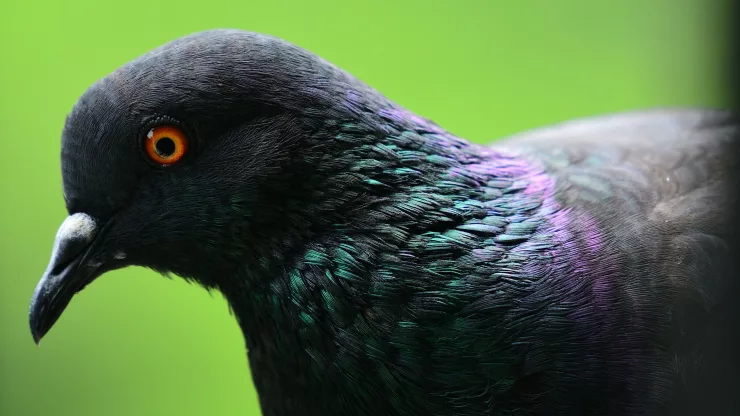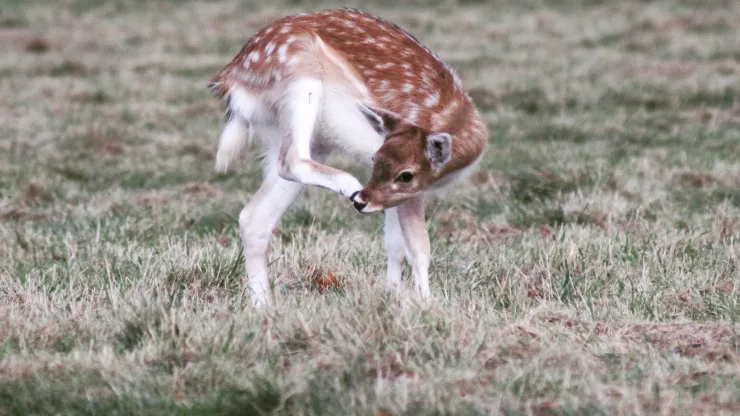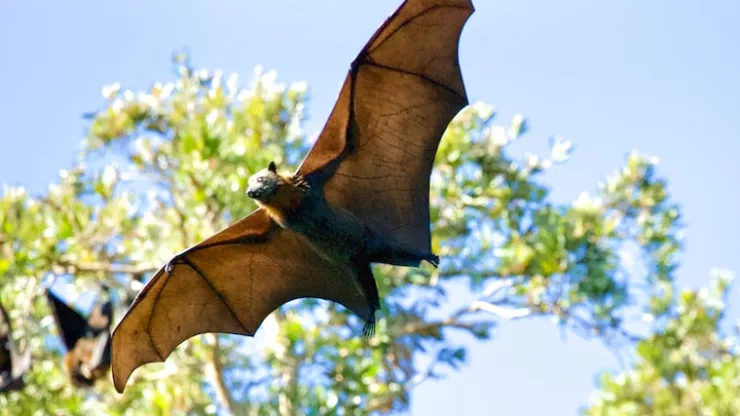Urban areas are not just home to skyscrapers and concrete jungles, but also a variety of wildlife.
From raccoons to coyotes, it’s becoming increasingly common for people to encounter these animals in their daily lives.
While these encounters can be exciting and educational, it’s important to know how to interact with urban wildlife safely and respectfully.
In this article, we’ll provide you with some tips on how to do just that.
Jump to Section
Understanding the Increase of Urban Wildlife Encounters
There are a few reasons why encounters with urban wildlife are becoming more frequent.
The Impact of Human Activity on Urban Wildlife
As more and more land is developed, natural habitats for wildlife are destroyed, and animals are forced to adapt to living in urban environments.
This can lead to increased interactions with humans.
The Benefits of Encountering Urban Wildlife
While it’s important to be cautious around urban wildlife, these encounters can also be beneficial.
They provide opportunities to learn about and appreciate the natural world around us, and can help foster a sense of connection to the environment.
Safety Tips for Encountering Urban Wildlife
When encountering urban wildlife, safety should always be your top priority. Here are some general guidelines for safe interaction:
General Guidelines for Safe Interaction
- Always be aware of your surroundings and keep an eye out for signs of wildlife.
- Keep a safe distance from animals and never approach them.
- Never feed wildlife, as this can encourage them to become dependent on humans and can also lead to aggressive behavior.
- If you encounter an animal that is injured or behaving abnormally, do not approach it. Contact a local wildlife rehabilitation center or animal control agency for assistance.
Being Aware of Your Surroundings
One of the most important things you can do when encountering urban wildlife is to be aware of your surroundings.
Keep an eye out for signs of wildlife, such as tracks or droppings, and be aware of any sounds or movements that may indicate the presence of an animal.
Identifying Signs of Aggression
While most urban wildlife will try to avoid humans, they may become aggressive if they feel threatened or cornered. Signs of aggression may include growling, hissing, or lunging.
If you see these behaviors, it’s important to back away slowly and give the animal plenty of space.
Reacting to Threatening Behavior
If an animal does become aggressive, it’s important to know how to react. Here are some tips for dealing with specific types of urban wildlife:
Dealing with Coyotes
- If you encounter a coyote, make yourself look big by waving your arms and making noise.
- Never turn your back on a coyote or run away, as this can trigger a chase response.
- If a coyote approaches you, throw rocks or other objects in its direction to scare it off.
Interacting with Raccoons
- If you encounter a raccoon, keep your distance and do not approach it.
- If a raccoon hisses or growls at you, back away slowly.
- Never corner a raccoon, as this can lead to aggressive behavior.
Handling Skunks and Opossums
- If you encounter a skunk or opossum, keep your distance and do not approach it.
- If a skunk or opossum feels threatened, it may spray or play dead, so it’s important to give it plenty of space.
Etiquette Tips for Encountering Urban Wildlife
In addition to safety, it’s important to interact with urban wildlife in a respectful manner. Here are some etiquette tips to keep in mind:
Respecting the Natural Habitat of Urban Wildlife
When encountering urban wildlife, it’s important to remember that you are in their natural habitat. Here are some ways to show respect for their environment:
Avoiding Feeding Wildlife
Feeding wildlife can lead to aggressive behavior and can also make animals dependent on humans for food.
It’s important to let animals find their own food in their natural environment.
Keeping a Safe Distance
While it can be tempting to get close to wildlife for a better look or photo, it’s important to keep a safe distance.
Getting too close can make animals feel threatened and can also put you in danger.
Avoiding Disturbing Habitat
When encountering urban wildlife, it’s important to avoid disturbing their natural habitat. This means staying on designated trails and not disturbing vegetation or other natural features.
Interacting with Urban Wildlife Responsibly
When interacting with urban wildlife, it’s important to do so responsibly. Here are some tips for responsible interaction:
Appreciating Wildlife from a Distance
While it can be exciting to see urban wildlife up close, it’s important to appreciate them from a safe distance.
This can help ensure your safety as well as the safety of the animals.
Photography and Urban Wildlife
If you want to take photos of urban wildlife, it’s important to do so responsibly.
This means not using flash photography, as it can startle or disorient animals.
Reporting Dangerous Wildlife Behavior
If you encounter an animal that is behaving dangerously, it’s important to report it to the appropriate authorities.
This can help prevent future incidents and ensure the safety of both humans and animals.
Encountering Urban Wildlife: A Unique Opportunity for Growth and Learning
Encountering urban wildlife can be a unique opportunity for growth and learning.
By following these safety and etiquette tips, you can ensure that both you and the animals remain safe and that you are able to appreciate the beauty of nature in a responsible and respectful way.
FAQ
What should I do if I encounter an aggressive animal?
If you encounter an animal that is behaving aggressively, it’s important to back away slowly and give the animal plenty of space.
Do not turn your back on the animal or run away, as this can trigger a chase response.
Can I feed urban wildlife?
No, you should never feed urban wildlife. Feeding wildlife can lead to aggressive behavior and can also make animals dependent on humans for food.
What should I do if I encounter an injured animal?
If you encounter an injured or sick animal, it’s important to contact a local wildlife rehabilitation center or animal control agency for assistance.
Do not attempt to approach or handle the animal yourself.
I’m a nature enthusiast and creator of Metro Wilds and have spent years exploring the great outdoors.
With a passion for environmental conservation and sustainability, I have dedicated my career to writing about the beauty and wonders of nature, as well as the threats facing our planet.
Contact me at [email protected] for assistance.





